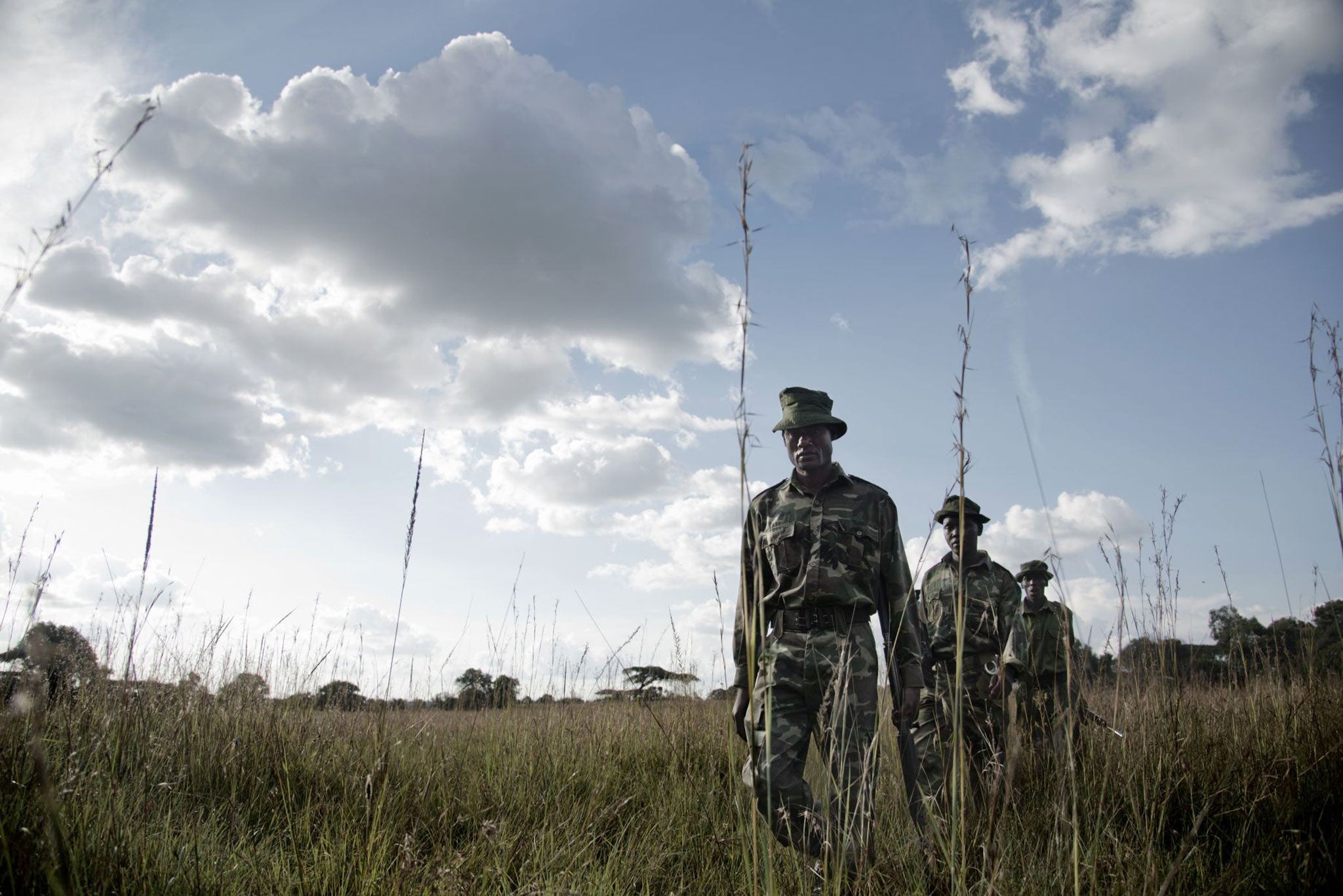Elephant appeal: Photojournalist Kate Brooks documents the dangerous demise of these giants of the wild
As a photojournalist, Kate Brooks was used to documenting war zones. Then she discovered a new kind of genocide – the killing of Africa’s elephants

I am a conflict photographer. At the age of 23, I packed my bags and moved to Pakistan in the weeks after 9/11 so that I could dedicate myself to documenting the war in Afghanistan and the impact of US foreign policy in the region. Over the decade that followed, I traversed the Middle East, covering the impact of war on civilian populations, and at times, military operations.
In 2010, after embedding with a 'medevac' unit at Kandahar Airfield, I went to Kenya on a long-planned vacation. It was in the Maasai Mara, among the majestic beauty and grandeur of vast open spaces and magnificent creatures, that I was able to find peace and solace, and heal from the inhumanity I had witnessed: countless troops and Afghan civilians having their limbs blown off by IEDs [Improvised Explosive Devices] and Afghan children working on farms being errantly bombed and killed by coalition forces. I left Kenya determined to photograph wildlife in the future.
Little did I know at the time, genocide was brewing across the continent. > Over the past few years, the slaughter of African elephants and rhinoceros has skyrocketed to supply international markets with their tusks and horns. Some experts say 35,000 elephants are being killed per year, others believe the number is as high as 50,000.
At any rate, over 60 per cent of Africa's forest elephants have died and elephant populations are vanishing from the Earth at an alarming rate. We are at a critical moment in natural history, because Africa's elephants are dying in such an unnatural way. It's hard to fathom, but wildlife, as we know it, is ceasing to exist due to the commoditisation of wildlife, the value of rhino horn and ivory and the insatiable demand by China.
Wildlife products are used in the fashion industry, in the art world, for alternative medicine and collected for pure vanity and in the most perverse ways. Recently, the US Government crushed six tons of stockpiled illegal ivory in Denver as a statement against poaching and wildlife trafficking. The US differentiates between illegal and legal ivory, still allowing a market for the latter. Conservationists argue the legalised trade creates loopholes for the illegal trade and are pushing for a total moratorium on the ivory trade in the United States.
Photojournalist Kate Brooks' images reveal elephants' plight
Show all 6At the National Wildlife Property Repository, I saw rows of seized tiger heads, rhino-foot ashtrays and countless tusks carved with bush scenes immortalising nature while brutally destroying its very existence by commoditising elephant parts for carvings.
The action that the international community takes now will determine what populations survive and what can be preserved. We've entered an age in which drones are being used to monitor wildlife populations and deter poachers.
Entire animal species are being microchipped. Electric fences and armed rangers are not enough to stop poachers and many people are dying in the process of trying to protect these animals. It's hard for me to imagine the future of wildlife, 20 years from now.
I spent the past year as a fellow at the University of Michigan researching poaching. I saw stories trickling in about the surge in elephant massacres and have since started work on a documentary film called The Last Animals.
For me this is more than a project, this is a cause. I intend to use my eyes, heart and journalism skills to bring as much attention to this critical issue as possible. I document conflicts. Make no mistake. This is a conflict, too.
Subscribe to Independent Premium to bookmark this article
Want to bookmark your favourite articles and stories to read or reference later? Start your Independent Premium subscription today.

Join our commenting forum
Join thought-provoking conversations, follow other Independent readers and see their replies